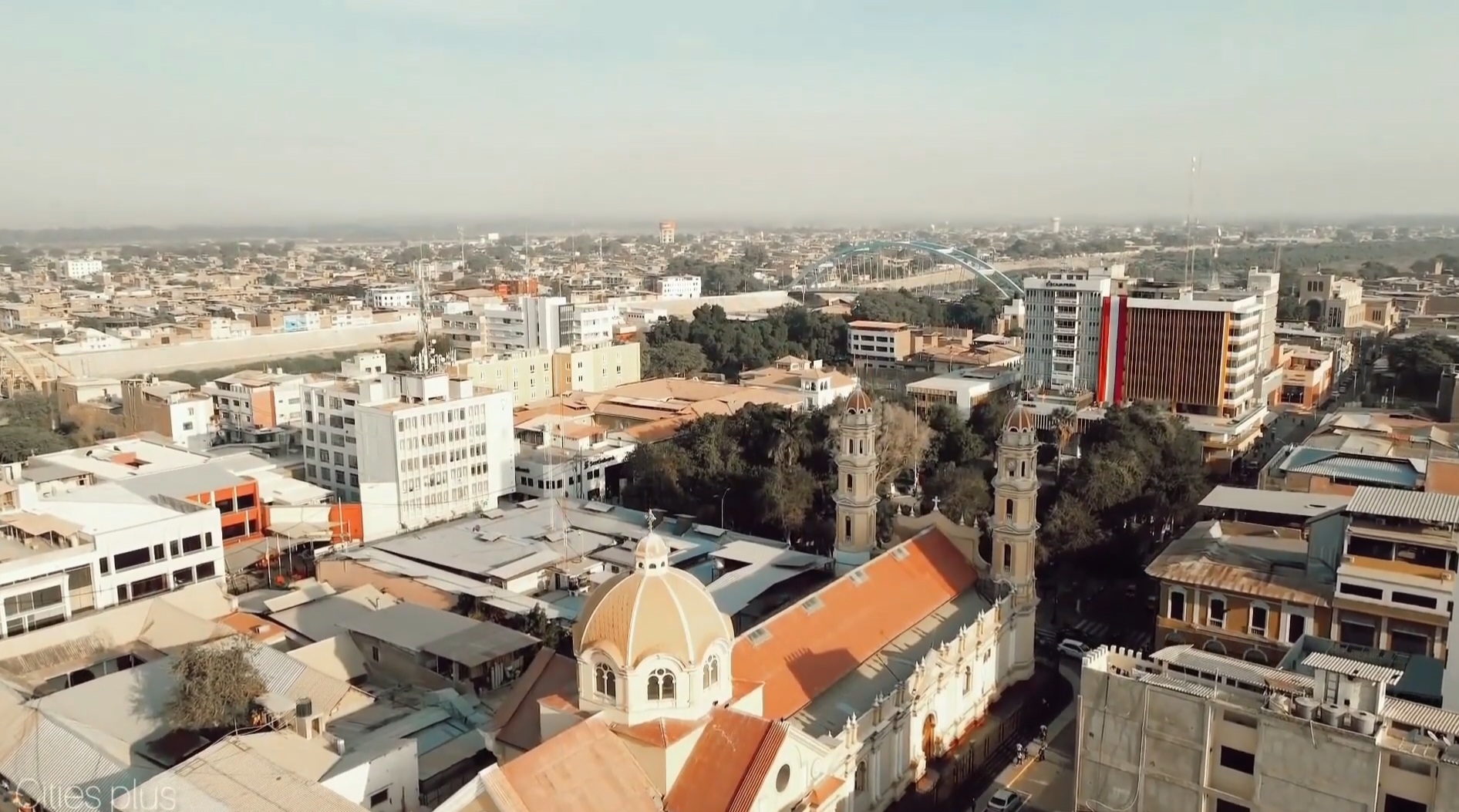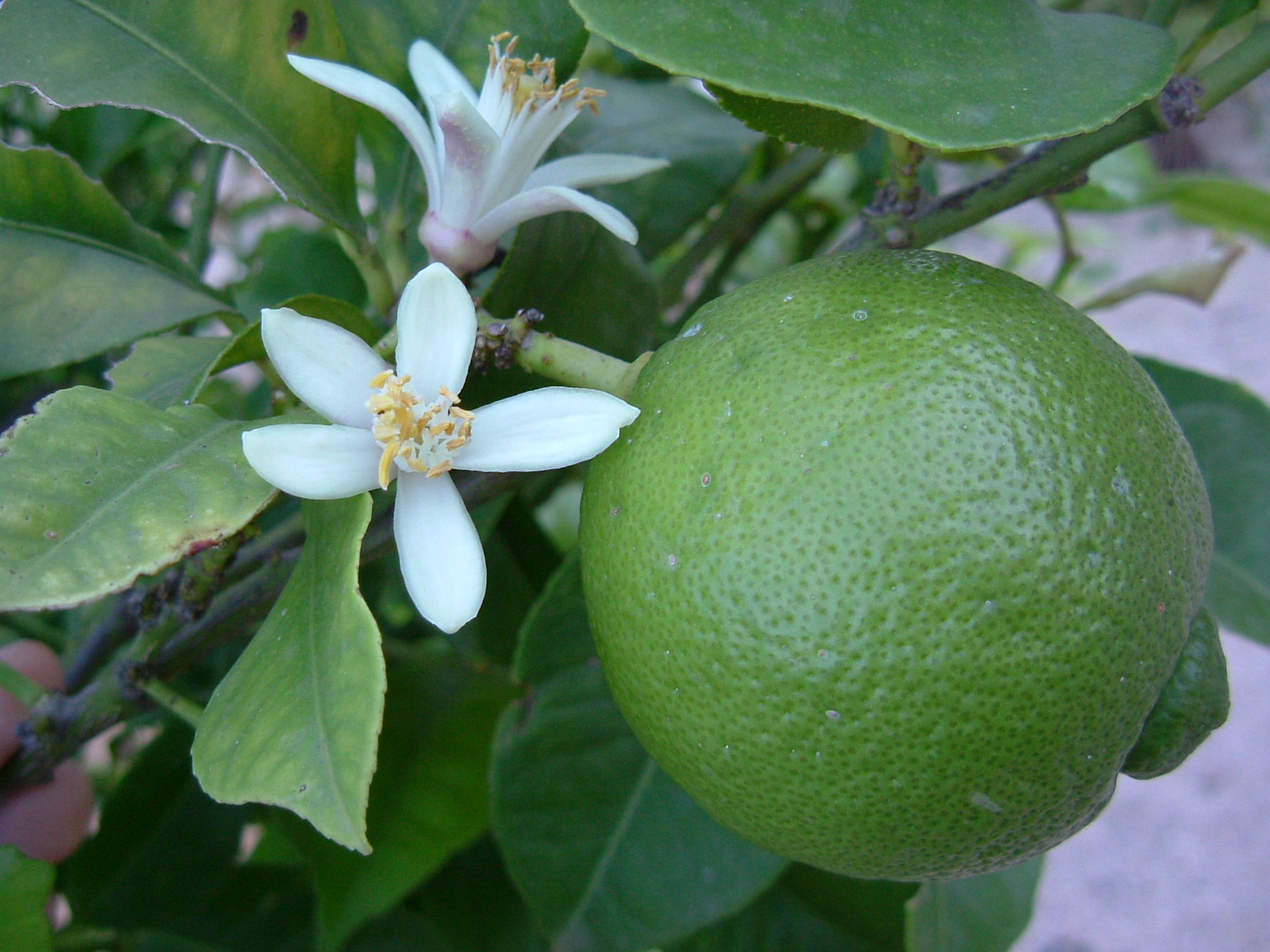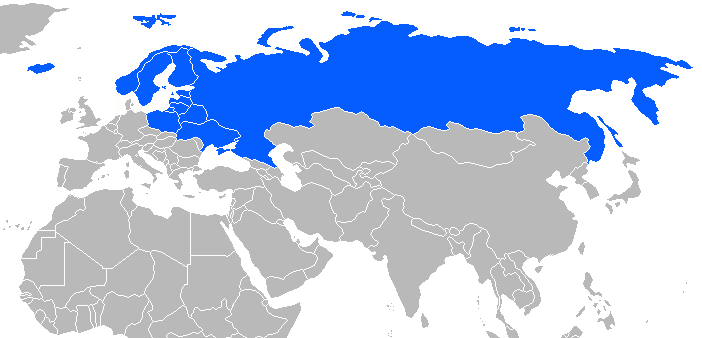|
Sudachi
Sudachi (''Citrus sudachi''; Japanese: スダチ or 酢 橘) is a small, round, green citrus fruit of Japanese origin that is a specialty of Tokushima Prefecture in Japan. Harvested before it fully ripens to yellow, it is tart and not eaten as a table fruit but used to flavor sauces and marinades, desserts, and drinks in place of lemon or lime. Genetic analysis shows it to be the product of a cross between a yuzu and another citrus fruit akin to the koji and tachibana orange. General The ''sudachi'' has been cultivated for centuries in parts of Japan, and is perhaps nearly as well known as the yuzu in the country. The fruit is the specialty and symbol of the prefecture of Tokushima, which produces 98% of all the fruit grown in Japan., citing 2011 Ministry of Agriculture figures for Tokushima's 98% share and 2008 data from ''Tokushima no Engei'' for shares within the Prefecture. The top producing communities are the township of Kamiyama-cho and the village of Sanagouchi-son; ... [...More Info...] [...Related Items...] OR: [Wikipedia] [Google] [Baidu] |
Tokushima Prefecture
is a Prefectures of Japan, prefecture of Japan located on the island of Shikoku. Tokushima Prefecture has a population of 682,439 (1 February 2025) and has a geographic area of 4,146 Square kilometre, km2 (1,601 sq mi). Tokushima Prefecture borders Kagawa Prefecture to the north, Ehime Prefecture to the west, and Kōchi Prefecture to the southwest. Tokushima, Tokushima, Tokushima is the capital and largest city of Tokushima Prefecture, with other major cities including Anan, Tokushima, Anan, Naruto, Tokushima, Naruto, and Yoshinogawa, Tokushima, Yoshinogawa. Tokushima Prefecture is located on the Kii Channel, connecting the Pacific Ocean and Seto Inland Sea, across from Wakayama Prefecture on the Kii Peninsula of the island of Honshu. Tokushima Prefecture is connected to Awaji Island across the Naruto Strait by the Ōnaruto Bridge as part of the Kobe-Awaji-Naruto Expressway, connecting the prefecture to the city of Kobe and the San'yō Expressway on Honshu. History Until ... [...More Info...] [...Related Items...] OR: [Wikipedia] [Google] [Baidu] |
Citrus
''Citrus'' is a genus of flowering trees and shrubs in the family Rutaceae. Plants in the genus produce citrus fruits, including important crops such as oranges, mandarins, lemons, grapefruits, pomelos, and limes. ''Citrus'' is native to South Asia, East Asia, Southeast Asia, Melanesia, and Australia. Indigenous people in these areas have used and domesticated various species since ancient times. Its cultivation first spread into Micronesia and Polynesia through the Austronesian expansion (–1500 BCE). Later, it was spread to the Middle East and the Mediterranean () via the incense trade route, and from Europe to the Americas. Renowned for their highly fragrant aromas and complex flavor, citrus are among the most popular fruits in cultivation. With a propensity to hybridize between species, making their taxonomy complicated, there are numerous varieties encompassing a wide range of appearance and fruit flavors. Evolution Evolutionary history The large cit ... [...More Info...] [...Related Items...] OR: [Wikipedia] [Google] [Baidu] |
Matsutake
, ''Tricholoma matsutake'', is a species of choice edible mycorrhizal mushroom that grows in Eurasia and North America. It is prized in Japanese cuisine for its distinct odor. Etymology The common name and specific epithet, ''matsutake'', in use since the late 19th century, derives from Japanese ''matsu'' (pine tree) and ''take'' (mushroom). Description The cap, stem, and gills are initially white then discolor brownish. Similarly dark fibrils appear on the cap and stalk. The cap can reach up to across while the stem is up to long and 5 cm thick. A ring is usually present. The flesh is white and firm, with a cinnamon-like aroma. The spore print is white. Similar species In Japan, several closely related species have been found, including ''Tricholoma bakamatsutake'' (''baka-matsutake'' – 'stupid matsutake' in Japanese), Tricholoma fulvocastaneum, ''T. fulvocastaneum'' (''nise-matsutake'' – 'fake matsutake'), and ''Tricholoma robustum, T. robustum'' ... [...More Info...] [...Related Items...] OR: [Wikipedia] [Google] [Baidu] |
Piura
Piura is a city in northwestern Peru, located north of the Sechura Desert along the Piura River. It is the capital of the Piura Region and the Piura Province. Its population was 484,475 as of 2017 and it is the 7th most populous city in Peru. The city is located in the central eastern part of the Piura Region, 981 kilometers from the country's capital, Lima and is near to the border with Ecuador. It was here that Spanish Conqueror Francisco Pizarro founded the third Spanish city in South America and first in Peru, under the name of ''San Miguel de Piura'', in JulyHemming, J., 1970, The Conquest of the Incas, New York: Harcourt Brace Jovanovich, Inc., or August of 1532. Piura declared its independence from Spain on 4 January 1821, a few months before Peru gained its independence on 28 July 1821. It is the commercial and administrative center of the Department of Piura. Symbols Coat of arms The coat of arms of Piura was created by the Spanish Crown on December 7, 1537, thr ... [...More Info...] [...Related Items...] OR: [Wikipedia] [Google] [Baidu] |
Vitamin C
Vitamin C (also known as ascorbic acid and ascorbate) is a water-soluble vitamin found in citrus and other fruits, berries and vegetables. It is also a generic prescription medication and in some countries is sold as a non-prescription dietary supplement. As a therapy, it is used to prevent and treat scurvy, a disease caused by vitamin C deficiency. Vitamin C is an essential nutrient involved in the repair of tissue, the formation of collagen, and the enzymatic production of certain neurotransmitters. It is required for the functioning of several enzymes and is important for immune system function. It also functions as an antioxidant. Vitamin C may be taken by mouth or by intramuscular, subcutaneous or intravenous injection. Various health claims exist on the basis that moderate vitamin C deficiency increases disease risk, such as for the common cold, cancer or COVID-19. There are also claims of benefits from vitamin C supplementation in excess of the recommended d ... [...More Info...] [...Related Items...] OR: [Wikipedia] [Google] [Baidu] |
Ascorbic Acid
Ascorbic acid is an organic compound with formula , originally called hexuronic acid. It is a white solid, but impure samples can appear yellowish. It dissolves freely in water to give mildly acidic solutions. It is a mild reducing agent. Ascorbic acid exists as two enantiomers (mirror-image isomers), commonly denoted "" (for "levo") and "" (for "dextro"). The isomer is the one most often encountered: it occurs naturally in many foods, and is one form (" vitamer") of vitamin C, an essential nutrient for humans and many animals. Deficiency of vitamin C causes scurvy, formerly a major disease of sailors in long sea voyages. It is used as a food additive and a dietary supplement for its antioxidant properties. The "" form ( erythorbic acid) can be made by chemical synthesis, but has no significant biological role. Etymology The term ''ascorbic'' means antiscruvy and denotes the ability to fight off scurvy. It is related to combating Vitamin C deficiency. History The antiscor ... [...More Info...] [...Related Items...] OR: [Wikipedia] [Google] [Baidu] |
Calcium
Calcium is a chemical element; it has symbol Ca and atomic number 20. As an alkaline earth metal, calcium is a reactive metal that forms a dark oxide-nitride layer when exposed to air. Its physical and chemical properties are most similar to its heavier homologues strontium and barium. It is the fifth most abundant element in Earth's crust, and the third most abundant metal, after iron and aluminium. The most common calcium compound on Earth is calcium carbonate, found in limestone and the fossils of early sea life; gypsum, anhydrite, fluorite, and apatite are also sources of calcium. The name comes from Latin ''calx'' " lime", which was obtained from heating limestone. Some calcium compounds were known to the ancients, though their chemistry was unknown until the seventeenth century. Pure calcium was isolated in 1808 via electrolysis of its oxide by Humphry Davy, who named the element. Calcium compounds are widely used in many industries: in foods and pharmaceuticals for ... [...More Info...] [...Related Items...] OR: [Wikipedia] [Google] [Baidu] |
Lime (fruit)
A lime is a citrus fruit, which is typically round, lime (color), lime green in colour, in diameter, and contains acidic juice vesicles. There are several species of citrus trees whose fruits are called limes, including the Key lime (''Citrus aurantiifolia''), Persian lime, kaffir lime, finger lime, blood lime, and Citrus glauca, desert lime. Limes are a rich source of vitamin C, are sour, and are often used to accent the flavours of foods and beverages. They are grown year-round. Plants with fruit called "limes" have diverse genetic origins; limes do not form a monophyletic group. The term ''lime'' originated in other languages (from French language, French , from Arabic , from Persian language, Persian , ). Plants known as "lime" The difficulty in identifying exactly which species of fruit are called lime in different parts of the English-speaking world (the same problem applies to synonyms in other European languages) is increased by the botanical complexity of the ''Citru ... [...More Info...] [...Related Items...] OR: [Wikipedia] [Google] [Baidu] |
Soft Drink
A soft drink (see #Terminology, § Terminology for other names) is a class of non-alcoholic drink, usually (but not necessarily) Carbonated water, carbonated, and typically including added Sweetness, sweetener. Flavors used to be Natural flavor, natural, but now can also be Artificial Flavoring, artificial. The sweetener may be a sugar, high-fructose corn syrup, fruit juice, a sugar substitute (in the case of diet sodas), or some combination of these. Soft drinks may also contain caffeine, Food coloring, colorings, preservatives and other ingredients. Coffee, tea, milk, cocoa, and unaltered fruit and vegetable juices are not considered soft drinks. Soft drinks are called "soft" in contrast with "hard" alcoholic beverages, alcoholic drinks. Small amounts of alcohol (drug), alcohol may be present in a soft drink, but the Alcohol by volume, alcohol content must be less than 0.5% of the total volume of the drink in many countries and localities See §7.71, paragraphs (e) and (f). ... [...More Info...] [...Related Items...] OR: [Wikipedia] [Google] [Baidu] |
Ice Pop
An ice pop is a liquid/cream-based frozen dessert on a stick. Unlike ice cream or sorbet, which are whipped while freezing to prevent ice crystal formation, an ice pop is frozen while at rest, becoming a solid block of ice with an icy texture. It is a fusion of flavored liquid, like juice or a sweetened water-based liquid. The stick is used as a handle to hold it. Without a stick, the frozen product would be a freezie. It can be calorie restricted, but commercial options usually contain added sugars, corn syrup and artificial ingredients. An ice pop is also referred to as a popsicle (a brand name) in Canada and the United States, a paleta in Mexico, the Southwestern United States and parts of Latin America, an ice lolly, lollipop or lolly in the United Kingdom and Ireland, an ice block in New Zealand and Australia, an ice drop in the Philippines, an ice gola in India, ice candy in the Philippines, India and Japan, ai tim tang or ice cream tang in Thailand, and a kisko in th ... [...More Info...] [...Related Items...] OR: [Wikipedia] [Google] [Baidu] |
Vodka
Vodka ( ; is a clear distilled beverage, distilled alcoholic beverage. Its varieties originated in Poland and Russia. Vodka is composed mainly of water and ethanol but sometimes with traces of impurities and flavourings. Traditionally, it is made by distilling liquid from Fermentation in food processing, fermented cereal, cereal grains and potatoes since the latter was introduced in Europe in the 18th century. Some modern brands use maize, Sugarcane, sugar cane, fruits, fruit, honey, and Maple syrup, maple sap as the base. Since the 1890s, standard vodkas have been 40% alcohol by volume (ABV) (80 U.S. proof). The European Union has established a minimum alcohol content of 37.5% for vodka. Vodka in the United States must have a minimum alcohol content of 40%. Vodka is traditionally drunk "Bartending terminology, neat" (not mixed with water, ice, or other Mixer drink, mixers), and it is often served freezer chilled in the Alcohol belts of Europe#Vodka belt, vodka belt of Belaru ... [...More Info...] [...Related Items...] OR: [Wikipedia] [Google] [Baidu] |







